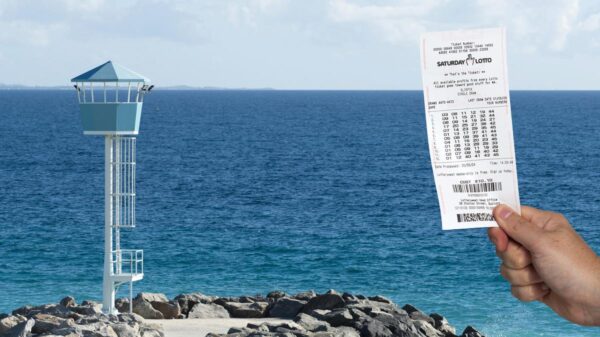Research conducted by a team from the University of Kansas has revealed that freshwater fish prefer complex shoreline environments, much like their saltwater counterparts. The study, published on July 17, 2025, in the journal Aquatic Conservation: Marine and Freshwater Ecosystems, highlights the significance of artificial structures that mimic natural habitats in enhancing biodiversity.
Professor Keith Van de Riet from the University of Kansas School of Architecture & Design spearheaded the research, which involved nearly a dozen experiments aimed at understanding how fish interact with waterfront edges. The results indicate that the installation of artificial panels designed to resemble plant roots can attract various fish species, thereby improving both biodiversity and water quality in altered waterways.
Collaborating with researchers Steven Cooke and Acacia Frempong-Manso from Carleton University in Canada, Van de Riet focused on four freshwater species: bluegill, rock bass, yellow perch, and banded killifish. Each species was introduced to test tanks featuring four different types of treatment panels, which varied in complexity, as well as a flat control panel.
Van de Riet’s interest in developing these complex panels stemmed from observing fish behavior along the shorelines of Florida, where he noted that bait fish often had nowhere to escape from predators due to the smooth surfaces of seawalls. Inspired by the intricate root systems of mangrove trees, he aimed to create structures that could provide safe havens for fish while also supporting aquatic life such as bivalves that filter water.
The findings of the study showed a clear preference among the fish for the variegated artificial panels compared to flat surfaces. Notably, bluegill and banded killifish were more drawn to the high-relief designs, while rock bass and yellow perch exhibited a broader range of preferences. Van de Riet emphasized the complexity of fish behavior, noting that younger fish tend to seek out refuge, while older fish prefer open spaces for visibility.
This research builds on previous studies conducted in Florida and aims to replicate successful outcomes for freshwater fish in environments altered by human activity. The ultimate goal is to enhance biodiversity in waterways that have lost their natural shorelines due to development.
The research team is currently implementing further studies in a natural lake setting, allowing for a more realistic examination of how these root-inspired panels can influence fish behavior and habitat preferences. Van de Riet is also engaging with waterfront property owners to explore practical applications of the findings, aiming to foster biodiversity and promote sustainable construction practices.
As urban development continues to impact aquatic ecosystems, this research provides valuable insights into how engineered structures can mitigate these effects and benefit both wildlife and human communities. The ongoing work seeks to balance the needs of construction with the ecological demands of aquatic life, advocating for a shift towards more environmentally conscious building practices.
Overall, the study underscores the importance of creating diverse habitats to support fish and other aquatic species, ensuring that these environments can thrive despite the challenges posed by human activities. The research is set to influence future designs in shoreline construction, promoting a holistic approach to environmental sustainability.



































































